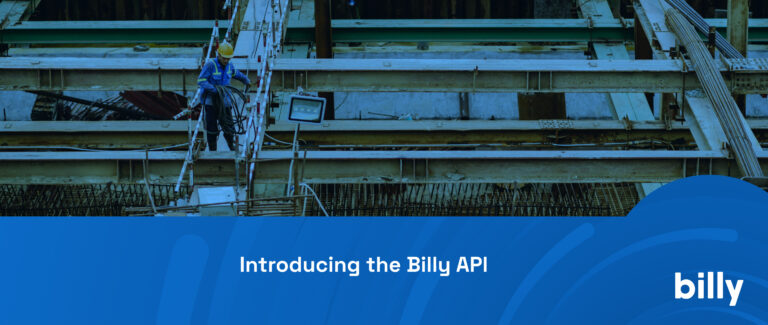In construction, you always hear the same two keys to success – “On Time” and “On Budget”. These mantras are great and hitting these metrics will make you successful. But all the success in the industry will disappear in a split second if you are not actively managing insurance on your projects.
I would be willing to bet that many company owners are not able to properly read and evaluate a Certificate of Insurance (COI) properly. I’ll be honest, I wasn’t able to until I saw all that success pulled away from me due to a simple COI expiring on a project and all that risk didn’t transfer. It stuck to me and my company and my bottom line suffered – despite that project coming in “On Time” and “On Budget”.
So like anything that happens in our industry we must adapt and learn from our mistakes. After all – we can’t judge someone on the mistakes they make but on how they address that mistake. After spending some time to reflect I realized that I was not alone. Most companies in our industry don’t have a good handle on tracking insurance and use archaic systems and in most cases have under qualified staff managing the process. I boiled it down to 3 Keys to consider when evaluating your current system.
MANUAL ENTRY.
Manually analyzing all of the data and flagging deficiencies, is a time-consuming process that doesn’t allow much room for error (after all, mistaking a single digit, can mean the difference between a $1,000,000 limit or a $2,000,000 limit…) The obvious requirement for a successful method to track & manage insurance certificates in-house is, therefore:
TIME & KNOWLEDGE.
Time comes in the form of a dedicated, specialized, internal resource that spends an allocated portion of their 40-hour work week carefully reviewing the contents of the incoming certificates of insurance. We highlight “specialized” because this person must have a decent grasp of insurance concepts to be able to knowledgeably review the contents of the certificates. Once reviewed, this person must then be able flag any gaps in the vendors coverage.
EXPERTISE.
This brings up the problem of insurance expertise. How well you’re able to protect your company from third party liability will depend on the reviewer’s grasp of insurance and their ability to interpret certificates of insurance. This is especially the case if you are also reviewing endorsement pages such as the Additional Insured, Waiver of Subrogation, Third Party over Action, etc. Here’s a quick test for the person reviewing the certificates, to assess how meticulously your vendor’s insurance coverages are being reviewed:
- Are you just looking at expiration dates and limits, or are you actually examining the COI and endorsements to make sure every aspect is compliant?
- What’s the difference between a CG 20 10 and a CG 20 37 endorsement?
- What’s the difference between limits “per project” and “per location”?
- How does your risk change if the COI indicates coverage is ‘per occurrence’ vs. ‘claims-made’?
- What’s the significance of having the umbrella/excess ‘follow form’?
If you’re not able to answer these questions it could mean the difference between “tendering the claim” or having the fork out the policy limits from your company’s own pockets (or your insurance carrier).
It’s important to remember that when evaluating any system you currently have implemented or plan to roll out you can’t forget your greatest resource – your team. The people that work for you are your greatest asset – more than any customer – and you need them to embrace your plans.
If they are not on board you will fail before you start. So consider what commitment your changes will require of them. On the other hand, if you plan to improve a broken system and in-turn improve their day to day operations then they will be your biggest supporters. Evaluate everything not only through the eyes of your CFO/ Controller but also your admin in charge of compliance or COI review.






